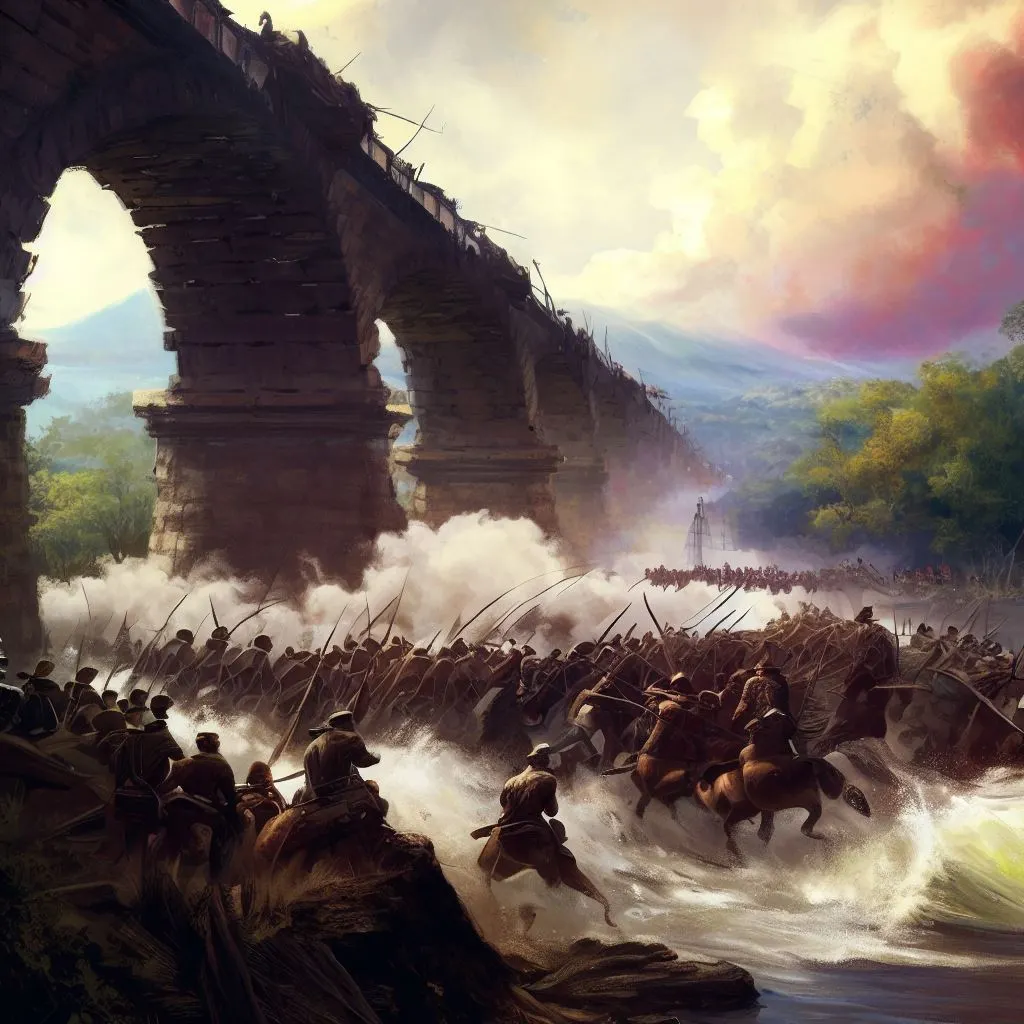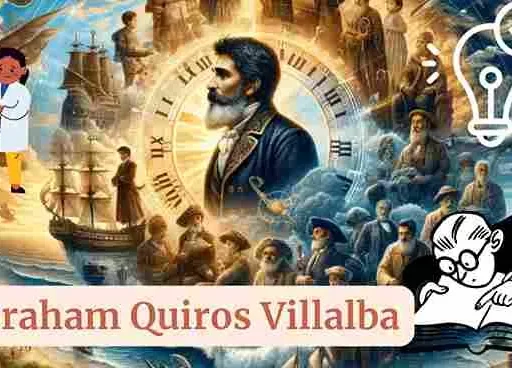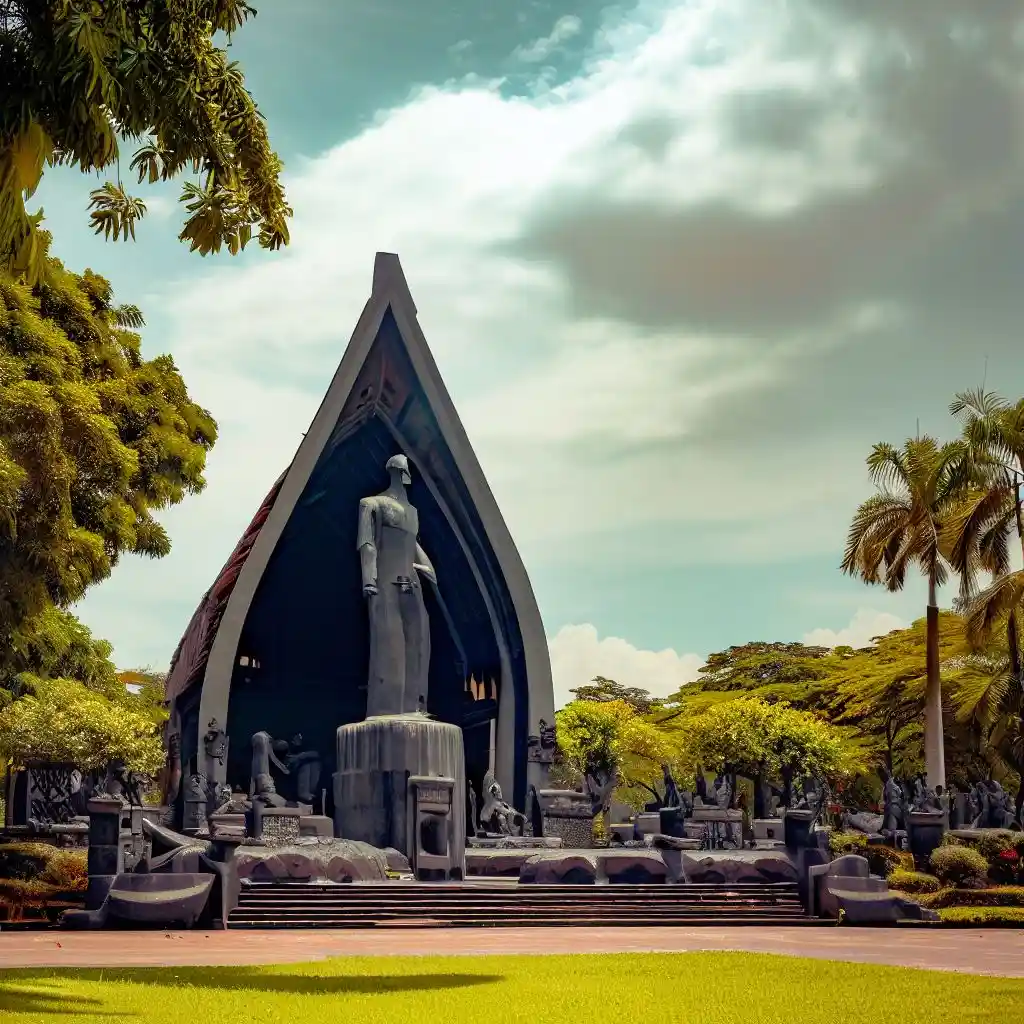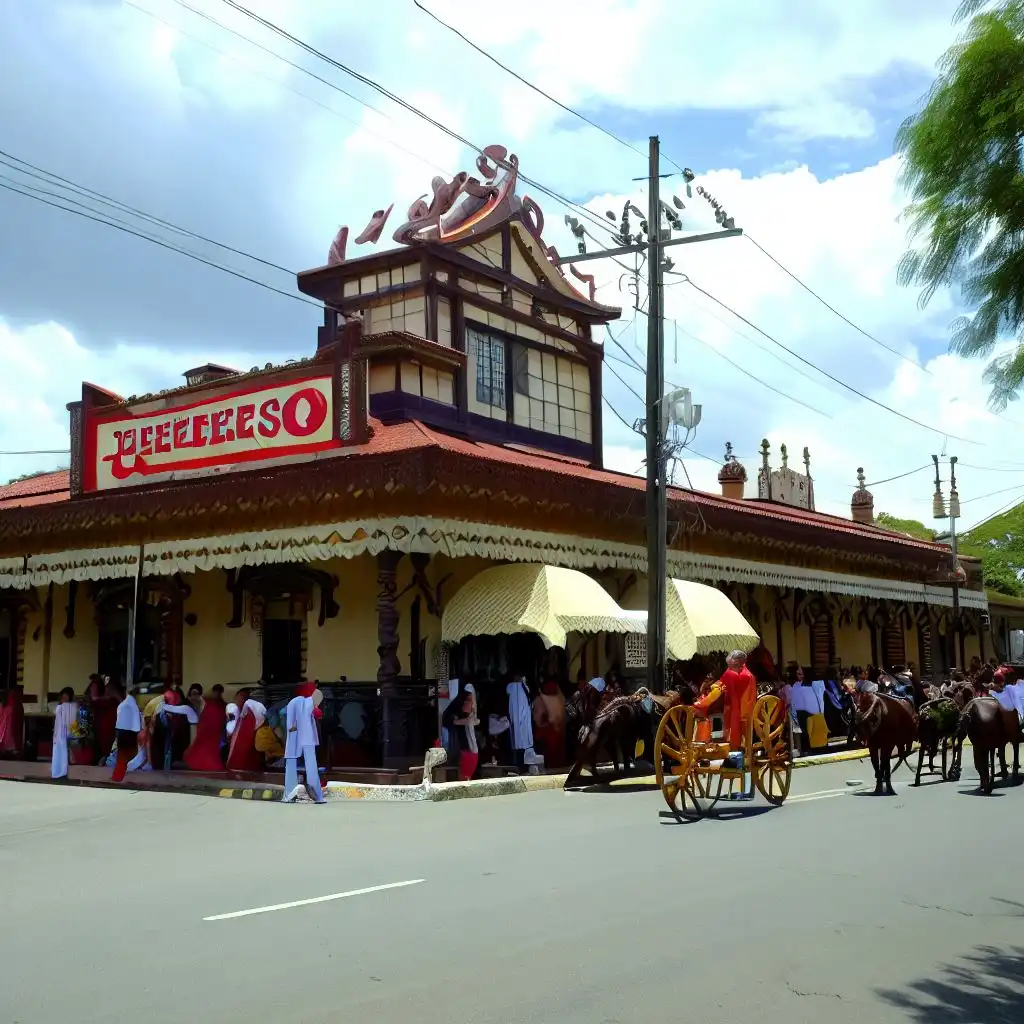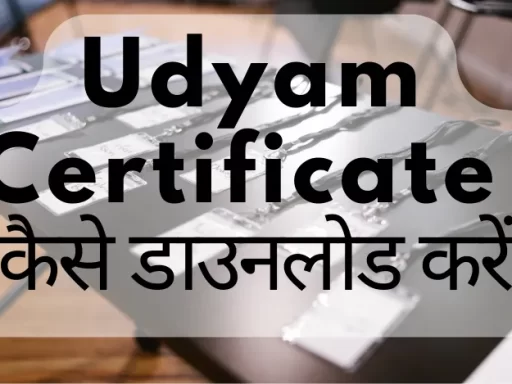A 199-year-old bridge that has significant historical value for the entire nation, not only Zapote and Las Pias, is situated next to Aguinaldo Highway. Padre Diego Cera of the Augustinian Order spearheaded the construction of Zapote Bridge in 1817 under the direction of Don Agustin Dela Cruz. It’s interesting to note that this bridge has been a part of not one, but two significant historical moments in the Philippines. Geographically, the Zapote Bridge links the cities of Manila and Las Pias to the north with Bacoor and Imus to the south. During the conflicts, only half of the bridge was damaged; the other half is still standing. Thank you to Las Pias’s local administration for providing the funding for the bridge’s renovation. Today, the bridge connects Barangay Zapote in Bacoor, Cavite with Barangay Zapote in Las Pias as a pedestrian promenade.
The historic Zapote Bridge doesn’t look like it has much to offer. Some of you would even argue that it is only a tiny bridge, but after you discover the significance of this structure’s past, you’ll understand why this location is unquestionably worthwhile. The bridge has seen two significant historical occurrences, as I already mentioned. The Philippine Revolutionary War (1897–1897) against Spain comes in first, followed by the Philippine–American War (1899–1909), which is regarded as the second-largest Philippine–American conflict after the Battle of Manila (February 1899–March 1899).
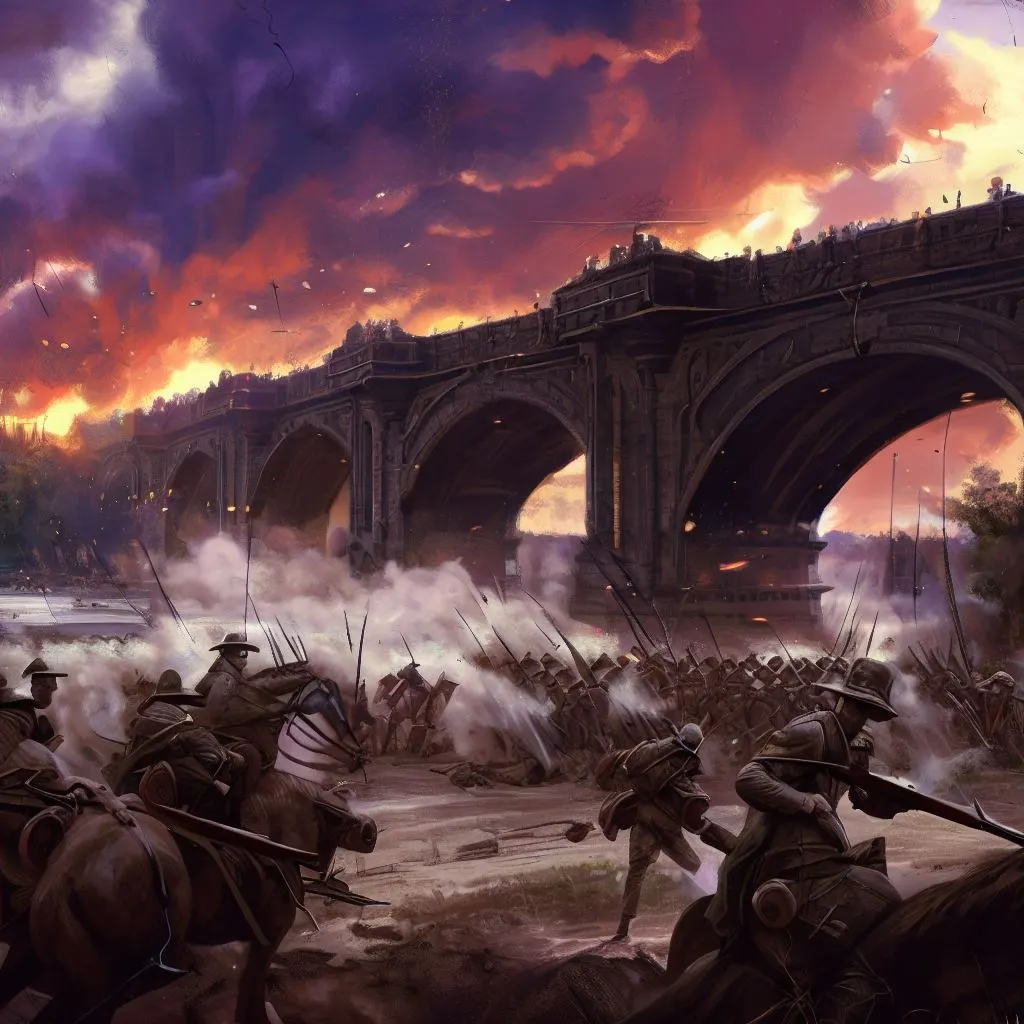
Zapote’s Historic Bridge
Two important battles were fought on Zapote Bridge. On February 17, 1987, the General Edilberto Evangelista-led forces of the Filipino Revolution engaged the Spanish army in battle. But Evangelista lost his life in the conflict. A second fight broke out there two years later, this time involving 4,000–5,000 Filipinos and 1,200 Americans. (A bridge-mounted historical marker). Despite the fact that the Filipinos outnumbered them, the Americans still managed to win the conflict, although both sides lost greatly: the Americans suffered 75 casualties, including 15 fatalities, while the Filipinos suffered 150 fatalities and 375 injuries. On both ends of the bridge, monument parks have been built as a commemoration to this historic conflict. The fact that these sculptures were created by the late Eduardo Castrillo, who just died away from cancer, makes them even more intriguing. The People Power Monument on EDSA is only one of the famous sculptures in the nation that were the brainchild of Ed Castrillo. Another sculpture honoring General Edilberto Evangelista, who made significant contributions during the Philippine Revolution, is situated near to the Zapote Battlefield Monument. Another monument with three ladies holding various objects, such as a torch and leaves, is situated on the opposite end of the bridge. This monument is likely meant to serve a symbolic purpose. This monument is another work of art by Ed Castrillo, similar to the one at the Zapote Battlefield.


